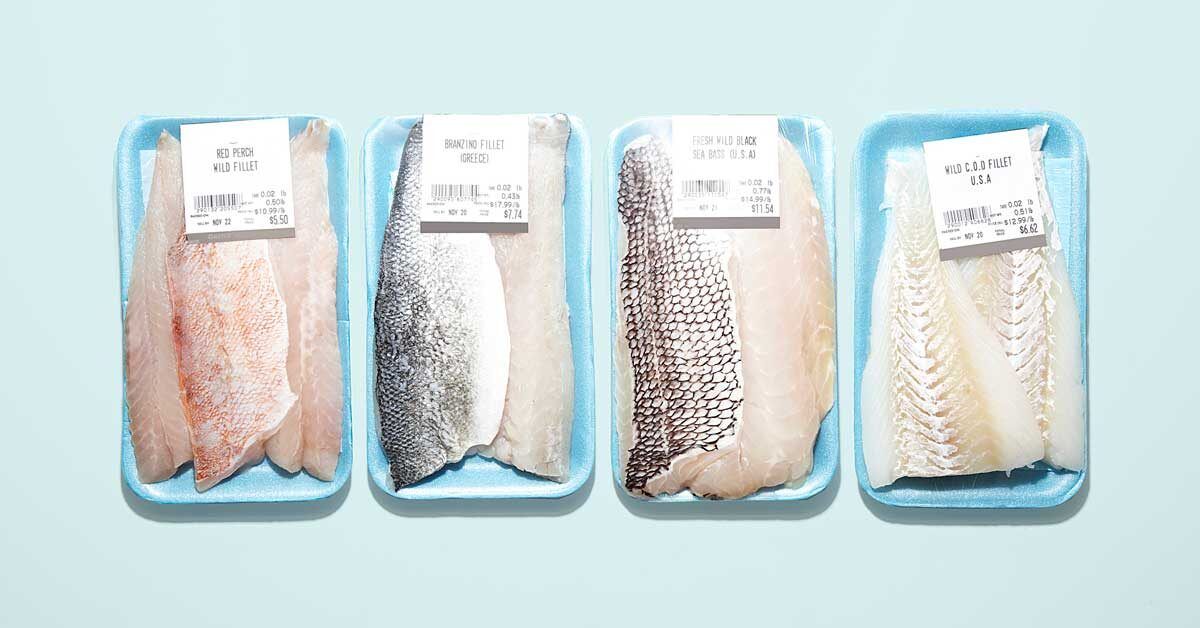
Nearly half of U.S. adults try to lose weight throughout the year, according to the Centers for Disease Control and Prevention. Some will take a balanced approach, changing lifestyle habits and improving their diet to reach their goal in a slow and steady manner. Others, however, attempt what’s called a fad diet, or a popular diet plan that’s designed to help you lose weight quickly, according to one study.
The hallmark of a fad diet is restriction, says Melissa Rifkin, RD, who is based in Mount Kisco, New York. To produce quick weight loss — something most fad diets claim — you generally have to eliminate certain foods. “Fad diets tend to be extremely restrictive, causing followers to miss out on certain food groups or nutrients, which can deplete our body,” she explains. Unfortunately, many people tend to give up on these diets quickly when they begin to crave the foods that are on the “do not eat” list, a natural response to inflexible dietary rules.
Fad diets come and go, but some have stood the test of time, reinvented themselves, or exploded in such popularity that it’s easy to remember them. Here is a sampling of 10 of the most famous fad diets of all time — plus if any are worth actually following.
1. Atkins Diet
Atkins is all about low-carb eating, and the modern Atkins program allows you to choose your carbohydrate goals, from 20 grams (mimicking the ketogenic diet), 40 grams, or 100 grams per day. Stricter carb goals produce faster weight loss. Although a famous diet, many people find it’s just not sustainable, says Leah Reitmayer, RD, a sports dietitian in Fayetteville, North Carolina. “Carbs are your main energy source. I don’t recommend low-carb because your body needs this macronutrient. If you’re trying a diet to be healthy, why take out the key nutrients that your body needs to be healthy?” she says.
2. Zone Diet
Made popular by Jennifer Aniston, the Zone diet involves eating 40 percent carbohydrates, 30 percent protein, and 30 percent fat. “This diet has a bit of merit because it’s based on whole foods and emphasizes protein and omega-3 fatty acids for an anti-inflammatory benefit,” says Alyssa Smolen, RDN, who’s based in Essex, New Jersey. While it is balanced, the diet still lists certain nutritious foods as are off-limits, such as bananas, raisins, potatoes, and corn, and you’re instructed to eat less than one serving a day of grains and starches — rules that can make this diet harder to stick to long term.
3. Keto Diet
The keto diet, a high-fat, very low-carb diet, was originally developed as a medical diet in the treatment of epilepsy in the 1920s, according to research. It had to wait 100 years to reach its peak popularity among the general public: In 2020, the keto diet was the most Googled diet in the United States, per one review. One downside is that people may eat a lot of meat and cheese on this diet, which can contribute to an excess intake of saturated fat, a type of fat that can raise your risk for heart disease, says Smolen. Plus, there may be few fruits and veggies consumed, something that’s counterintuitive to health, she adds. If you are going to do keto, Smolen advises doing it under the guidance of a medical team or registered dietitian so that you can ensure you’re building a nutritious diet, following keto correctly, and monitoring your health.
4. Grapefruit Diet
It would be just as easy to replace grapefruit with any of the one-food-focused fad diets over the years, such as cabbage soup, boiled egg, or bone broth. Any of these foods are good for you, just not as a sole focus for your entire diet. “No food has everything you need. That’s why dietitians advise eating a variety of fruits, vegetables, protein, and whole grains,” says Smolen. While you may lose weight on a grapefruit diet, that’s because the severe food restrictions mean you eat less than 1,000 calories per day. In general, dietitians recommend skipping these types of diets.
5. Paleo Diet
Paleo, short for Paleolithic, is a diet made up of the foods of a traditional hunter-gatherer. People who follow a paleo diet consume half their calories from lean animal foods, as well as eggs, fruit, nonstarchy veggies, unsaturated fats, some alcohol, and water. There are big health claims associated with the paleo diet, including as a cure for heart disease, diabetes, and cancer, notes a review. Yet one thing that doesn’t track is that whole grains — a food group that has been connected to lowering the likelihood of those diseases — are excluded from the paleo diet, notes the American Academy of Nutrition and Dietetics. Another big downside is that following a diet that excludes so many foods can create unhealthy obsessive thinking about your diet, says Smolen.
6. Gluten-Free Diet
For many people with celiac disease or an allergy to gluten (the protein found in wheat, barley, and rye), avoiding foods that contain gluten is not a fad diet — it’s a necessity. But gluten-free became a fad diet when people started avoiding gluten in the absence of medical need, thanks, in part, to celebrity advocates like Gwyneth Paltrow, as E! News reported. A decade ago most adults said that gluten-free foods were healthier, and more than one-quarter were buying them for weight loss, surveys from the time found. But there’s simply no evidence that gluten-free diets in general promote weight loss, according to the Harvard T.H. Chan School of Public Health.
7. Master Cleanse
In this liquid-only diet, you drink a concoction of water, lemon juice, maple syrup, and cayenne pepper for 10 days, and Beyonce reportedly used it to lose 20 pounds in two weeks for her role in the 2006 movie Dreamgirls, reported USA Today. Liquid or juice diets had their moment, with the purported benefits of weight loss and detoxing. But juice fasts don’t provide enough nutrients, and any weight loss is likely temporary when you go back to eating solid food, per Mayo Clinic. And remember: You have organs, specifically the liver and kidneys, that detox your body the natural way.
8. Whole30
You can tell Whole30 is a fad diet by the 30 in its name — it’s an elimination diet designed to be done for 30 days. Developed in 2009, per the Whole30 website, the diet has strict rules about what you can and cannot eat, and if you don’t adhere to them, you have to start over. The focus is on healthy foods, like meat, seafood, eggs, veggies, fruit, and healthy fats, while avoiding all added sugar, alcohol, grains, legumes, and dairy. Even though it’s popular — and tests your mettle for following a strict diet — no observational studies or randomized, controlled trials back up Whole30’s benefits or compare how effective it is against other weight loss diets, reports research.
9. Low-Fat Diet
Remember in the 1990s when SnackWell’s fat-free cookies were the healthy choice? That was at the height of the low-fat craze, when people tried to lose weight by eating foods that fell into the low- or no-fat category, like fat-free salad dressings, chips, and frozen yogurt. The entire low-fat era spanned decades, notes the Harvard T.H. Chan School of Public Health, but now health experts recognize the value of foods containing healthy unsaturated fats, and we’ve moved away from the low-fat craze. “In general, to be a healthy person, we need some fat,” says Smolen. Not only do fats provide energy but they also help your body produce hormones and absorb fat-soluble nutrients that your body needs to function well, she says. Fat contains more calories per gram than protein and carbohydrates, so reducing some fat in your diet can help you eat fewer calories and lose weight. But just because something is labeled fat-free, low fat, or reduced fat does not automatically make it healthy.
10. Special K Diet
When the Special K diet came out in the early 2000s, the goal was to lose two jean sizes in two weeks by eating Special K for breakfast and lunch, then a regular dinner. (In later iterations, you were able to eat Special K products, like bars, in lieu of the cereal.) It’s a low-calorie plan that was never designed to be long term, but somehow it felt doable if you just had to make it through a couple weeks. On a positive note, Rifkin points out that because there’s not much thought behind the diet and you are eating mostly the same thing every day, it can be easy to follow. Still, two weeks may feel like an eternity. “It lacks variety, and a lot of people get bored pretty easily,” she says, adding that it lacks adequate nutrition. This is yet another fad diet to skip.



